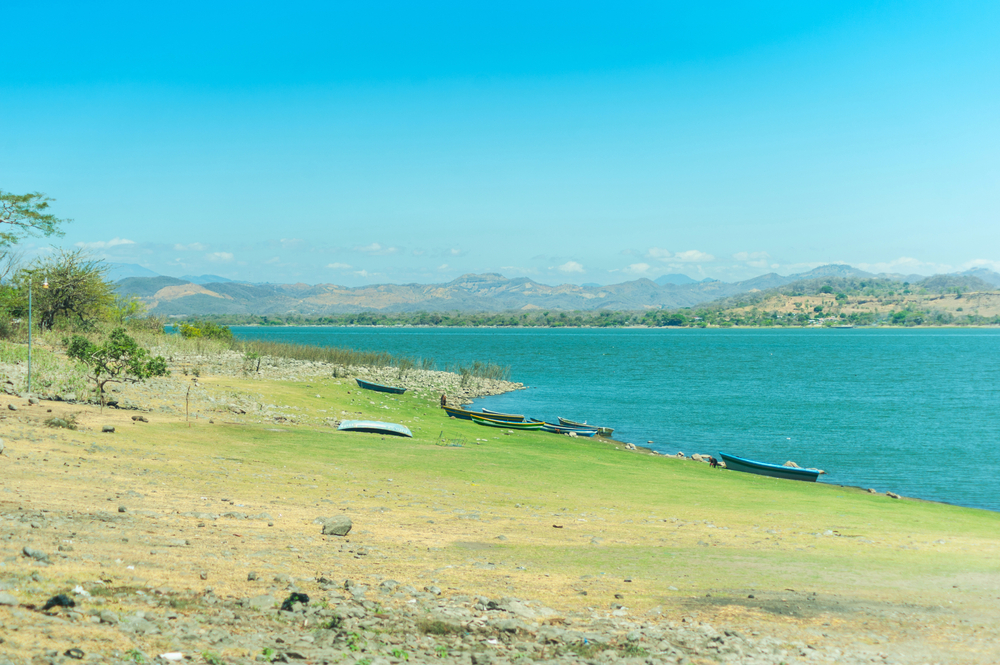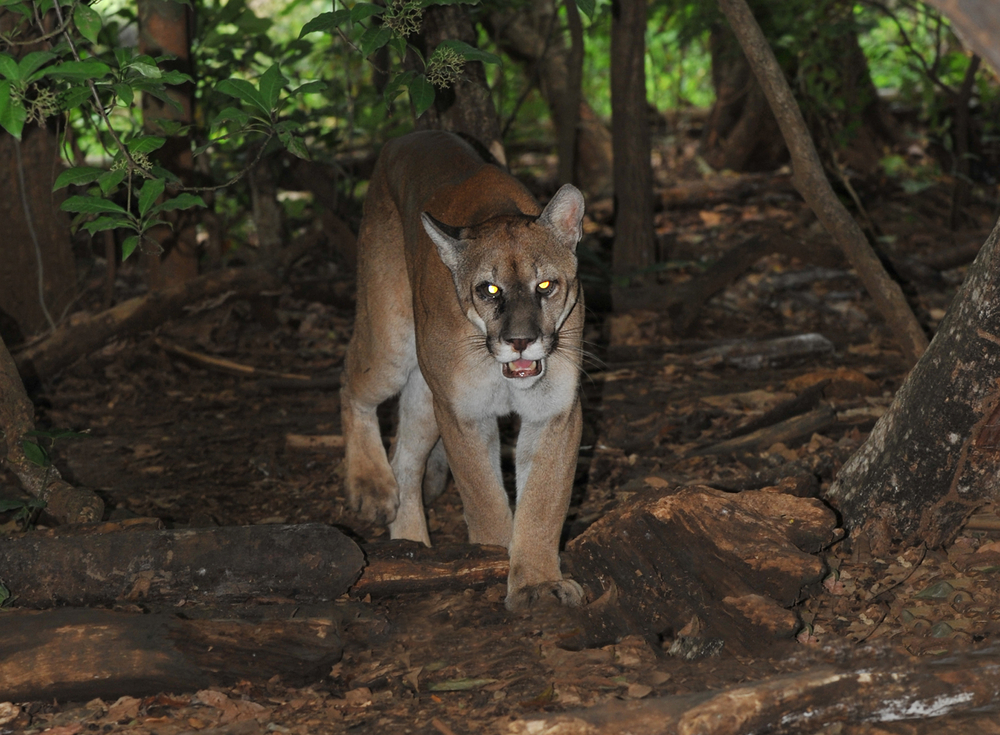San Diego and San Felipe Las Barras Overview
Parque Nacional San Diego y San Felipe de las Barras, known in English as San Diego and San Felipe Las Barras National Park, is a protected natural area located in western El Salvador, near the border with Guatemala.
Encompassing approximately 18.67 square kilometers (7.21 square miles), the park is situated within the department of Santa Ana, specifically in the municipality of Metapán. Established in 2009, it is recognized under the IUCN Management Category II, highlighting its significance as a national park.
The park’s terrain is characterized by extensive dry tropical forests, making it the largest protected area of this kind in El Salvador. The landscape is marked by rocky terrains and includes seven volcanoes, contributing to its diverse topography.
Notable water bodies within the park are Lago de Güija (Lake Güija), a large lake shared with Guatemala, and the smaller Laguna de Metapán. These lakes not only enhance the park’s scenic beauty but also support a variety of aquatic ecosystems.
The vegetation within the park is adapted to the dry tropical climate, featuring a mix of deciduous and evergreen species. The forest canopy provides habitat for numerous plant species, some of which are endemic to the region. The unique combination of volcanic soil and climatic conditions fosters a rich biodiversity, supporting both flora and fauna.
Wildlife enthusiasts visiting the park can expect to encounter a diverse array of species. The park is home to over 125 bird species, including several aquatic birds that inhabit the areas around Lake Güija. Birdwatchers may spot species such as cormorants, herons, and the osprey.
The dry tropical forest also provides habitat for various mammals, reptiles, and amphibians, some of which are considered endangered. The park’s management has established rehabilitation facilities aimed at reintroducing rescued animals back into their natural habitats within the park.
Visitors to Parque Nacional San Diego y San Felipe de las Barras can engage in a variety of activities that showcase the park’s natural and cultural richness. Hiking is a popular pursuit, with numerous trails winding through the forest, leading to volcanic formations, lakeshores, and caves.
Guided hikes led by park naturalists offer educational experiences, providing insights into the local ecosystems and conservation efforts. Caving is another activity available, with several caves housing bat colonies and unique geological formations.
Additionally, the park encompasses five archaeological sites, including Teotipa, Belén Güija, Azacualpa, San Diego, and the island of Igualtepeque (also known as Cerro de las Figuras). These sites contain relics from pre-Columbian settlements dating from 600 to 1525 AD, offering a glimpse into the region’s historical significance.
Access to the park is relatively straightforward. It is located approximately 45 kilometers north of Santa Ana, accessible via highway CA-12. The journey by car takes about 45 minutes, with well-maintained roads leading to the park’s entrance.
For those relying on public transportation, buses run hourly between Santa Ana and Metapán, passing through the eastern part of the park. Visitors can request to be dropped off along the highway at points nearest to the park’s access trails. Notably, park admission is free, encouraging both locals and tourists to explore its natural wonders.
In terms of conservation, Parque Nacional San Diego y San Felipe de las Barras faces challenges typical of protected areas, such as habitat preservation amidst external developmental pressures. However, the park has achieved successes through active management and community engagement.
Efforts include habitat restoration, wildlife rehabilitation programs, and environmental education initiatives aimed at fostering a culture of conservation among visitors and local communities. The park’s designation under national protection underscores its ecological importance and the commitment to preserving its unique ecosystems for future generations.
In summary, Parque Nacional San Diego y San Felipe de las Barras offers a rich tapestry of natural beauty, cultural heritage, and biodiversity. Its diverse landscapes, from volcanic terrains to serene lakes, coupled with abundant wildlife and historical sites, make it a compelling destination for nature lovers, adventure seekers, and history enthusiasts alike.














































































